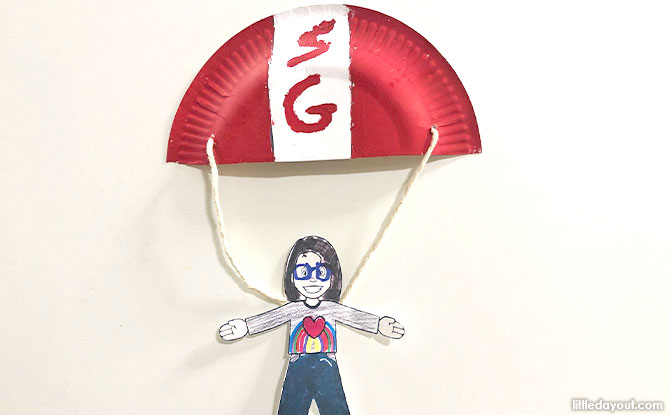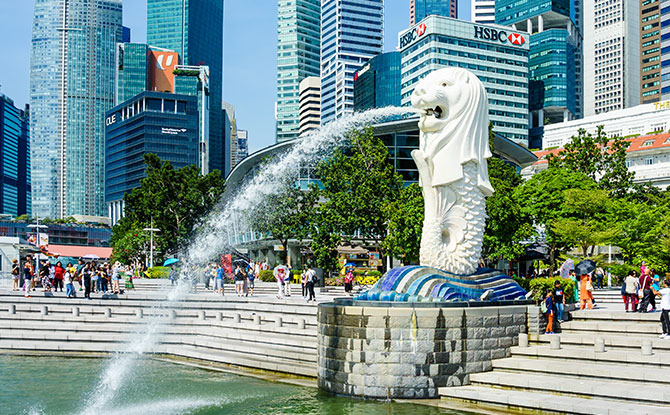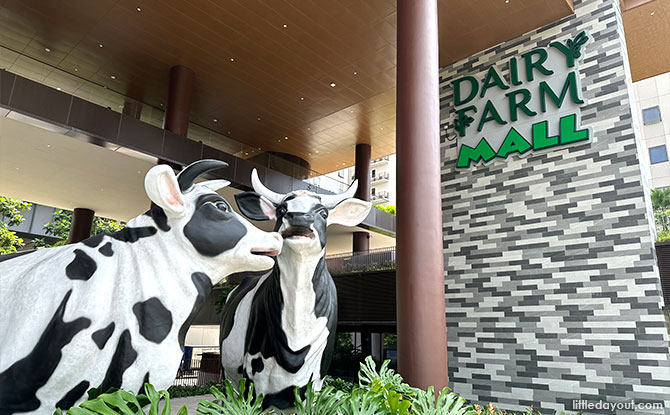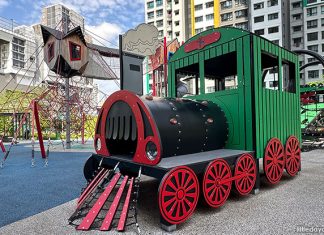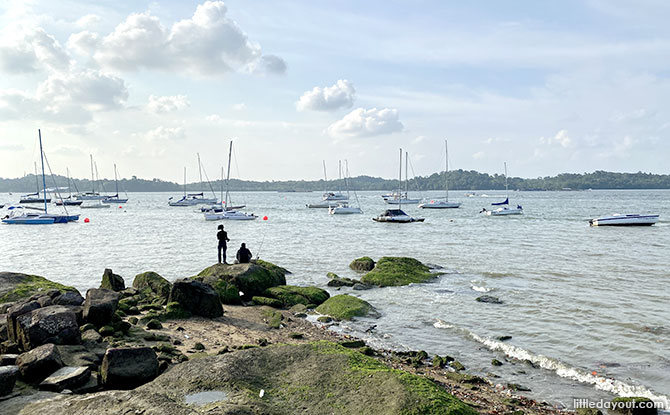
Everyone knows Changi for its laidback vibes, airport, colonial bungalows and Changi Village’s famous hawker food. Uncover the history of Changi at the new Changi Heritage Trail by National Heritage Board (NHB). The trail features 23 heritage sites and six heritage trail markers which will take trail-goers on a journey to learn about Changi’s fascinating, complex and sometimes dark history.
Changi Heritage Trail Tells Stories of Changi
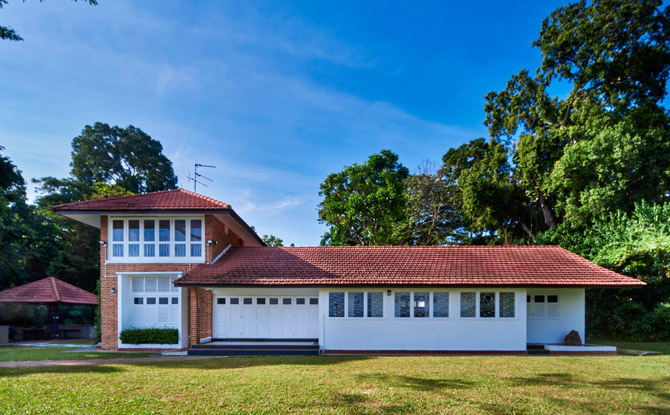

Changi Heritage Trail tells the stories of Changi through memories of its community, trace its evolution across era and shed light the cultural, social, economic and military heritage over the centures. Explore iconic landmarks and discover the diverse narratives of Changi, from the hardships of prisoners of war during the Japanese Occupation to the vibrant mix of cultures in Kampongs.
Mr Alvin Tan, Deputy Chief Executive (Policy & Community), NHB, said: “Through our heritage trails, NHB hopes not only to showcase the unique history of neighbourhoods, but to also leverage our trails to bring heritage closer to the community; facilitate community participation through the contribution of stories and photographs; enhance place identity; and in this case, encourage Singaporeans to explore Changi and rediscover its unique charms.”
BE PSLE-READY: Join Expert Educators for Revision Boosters to Empower P6 Students
BURP: Join the Sound Collector on a Whimsical Chase at Esplanade – Theatres on the Bay
WEEKEND IDEAS: Get Inspirational Ideas of Things to Do
Maritime Heritage of Changi
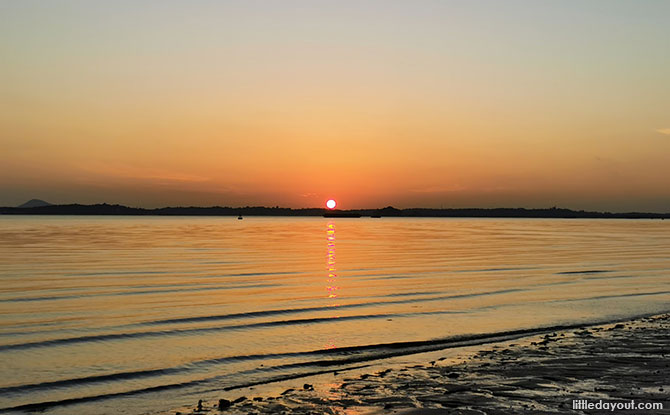
As Singapore is an island-state, our history is deep seated in our maritime heritage as well. In the 15th century according to the Sejarah Melayu, Singapura was a naval base for the Malacca Sutanate. The Dutch, the Portuguese, the Achehnese and Johor Malays even had naval skirmishes off Changi Point.
Since Changi is a coastal area, fishing and other maritime activities shaped the economy, society and cultures of the many kampong villages in the area. The communities of kampong Ayer Gemuroh, Mata Ikan and Beting Kusah subsisted on fishing and foraging on the shores as part of their livelihoods. They also made kapur – a lime-based whitewash. These activities required expertise in the seascape, weather patterns and monsoons winds, which was passed down through generations. We still see descendants of the Orang Laut looking for edibles on the shores today.
The fishermen of Changi usually headed to sea after dusk and returned in the mornings. Mdm Isiah Majid, who grew up in Kampong Ayer Germuroh, recalls: “[The atmosphere at the beach was] just like a fish market, with people [gathering around each] boat to buy their fish. It’s a joyful moment, with children swimming and [playing] in the sea… while the adults are bargaining for their fish.”
Recreation & Leisure History of Changi
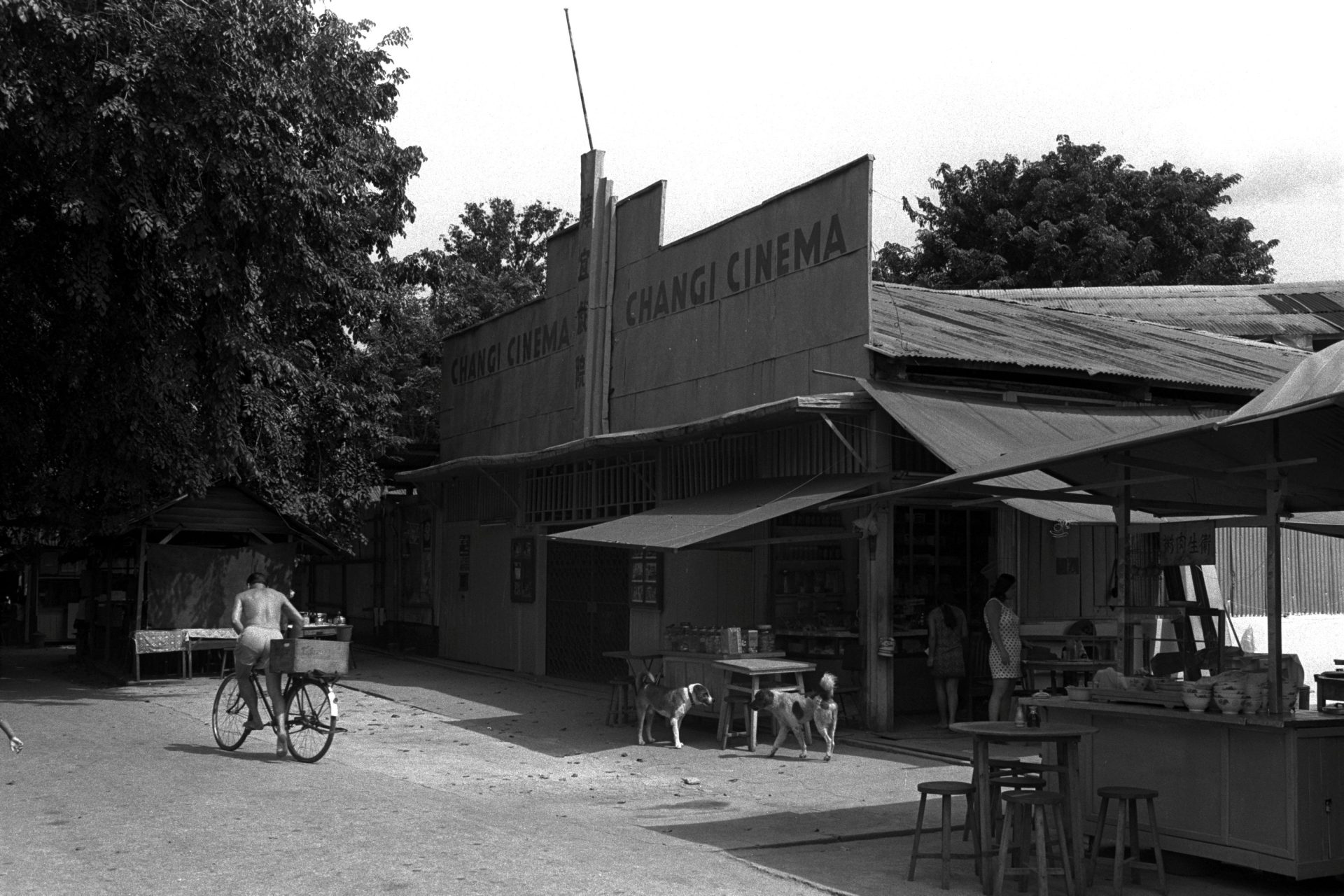

During the colonial period, Changi drew many to its calm beaches, cool sea breeze and the gateay to nearby islands. It had been a leisure destination since the late 1800s. It was lauded as Singapore’s “Lido”, alluding to Lido di Venezia in Italy because of its fresh air and forests.
A diary entry from 1860 detailed a visit to Changi where it as described as a Singapore Brighton – where everyone goes for a picnic. It consists of a few small fishermen’s huts, government traveller’s bungalow. More bungalows were then built in the area, with private investors renting them out as resorts.
Did you know that parts of Changi Beach did not exist until 1975?
Reclamation of the beach took place to expand the seaside escape. It continues to be a go-to for many families looking for a coastal getaway.
Military History of Changi
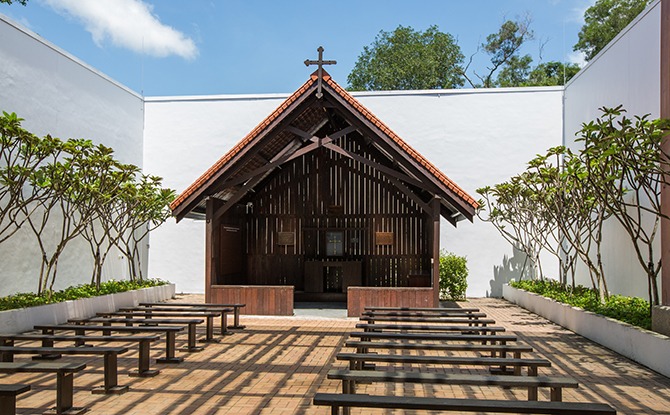
After the 1920s, Changi was transformed to become a military and penal hub. It housed troops and guns that protected the naval base at Sembawang. The Changi cantonment had concrete gun emplacements, airfields, hangars, barracks blocks and other facilities.
Changi Prison was then built in response to overcrowded conditions at Pearl’s Hill Prison and Outram Prison in the early 1930s. The prison would eventually house Western civilians and prisoners of war during the Japanese Occupation.
There was also Changi Railway constructed to service the new Changi Battery which cut through Fairy Hill with a loop to the ammunition dump at Selarang. Granite from Pulau Ubin was excavated for the railway.
About Changi Heritage Trail
There are three thematic routes to choose from: Bungalows and Beaches (1 hour with public transport, 4km), War & Peace in Changi (1.5 hours with public transport, 7.6km), Gateways and Communities in Changi (2 hours with public transport, 12km).
The first route covers bungalows, sailing and beach clubs as well as chalets. The second is about the history of the different military buildings in Changi including Changi Prison, Changi Chapel and Museum and the former Changi Cantonment. The third centres around the communities of Changi and the places where they lived, worked and played.
The Changi Heritage companion guide and map can be downloaded here.
Limited printed copies of the companion guide will also be available at Siglap Community Club, Changi Chapel and Museum, and Asian Civilisations Museum.
If you are looking for an adventure near Changi, consider heading to Pulau Ubin. Experience a staycation on a bus next to Changi Village at The Bus Collective. And see the wild side of the Changi shores at the intertidal zone.




